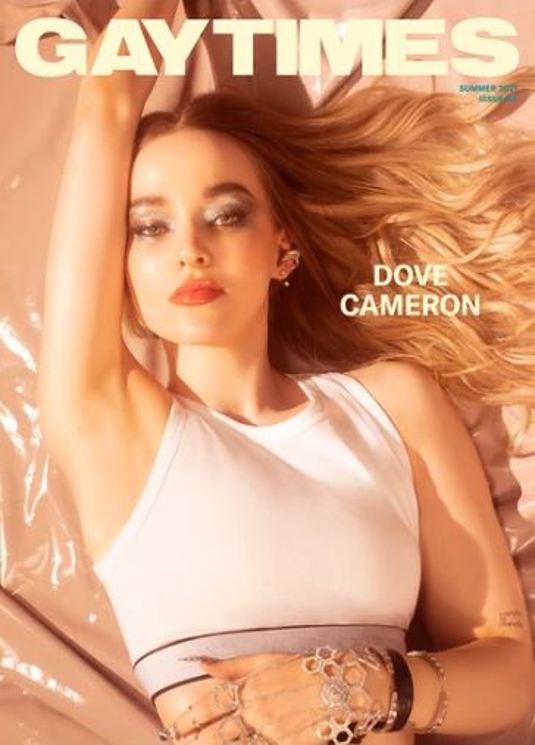

Being outsiders to a world they were intrigued by allowed them to approach the subject of interiors from an inventive, fresh vantage point: as anthropologists instead of ‘taste makers’. He mentioned his dismay to Nacho and found out that the latter shared the same feeling and had already been experimenting with new documentary-style formats of photographing interiors. He scanned all the available interior-design media to try and find an inspiring vision for what he should do with his own apartment and saw nothing that spoke to him, his age, his taste, or his budget. Omar first had the idea that there was something to add to this category when he was looking at raw spaces in Barcelona.

The founders of Apartamento were young heterosexual men in their early 20s. Even so, the commercialisation of interior design, the media, and the marketing around it were often directed at female audiences. Incorrect because throughout history multitudes of straight men, architects like Le Corbusier and Frank Lloyd Wright, and interior designers like David Hick and Tony Duquette, and the media mogul Hugh Hefner (inventor of the bachelor pad) made spectacular contributions to our collective conception of what the inside of our homes could look like. A cliché that often stifled straight men who engaged in conversations and activities regarding home design. First there was the incorrect but widely held assumption that architecture and design were macho fields, while homemaking and decorating were historically considered either female territory or the realm of gay men. Why unimaginable? From its inception Apartamento was at odds with dominant cultural clichés.


 0 kommentar(er)
0 kommentar(er)
